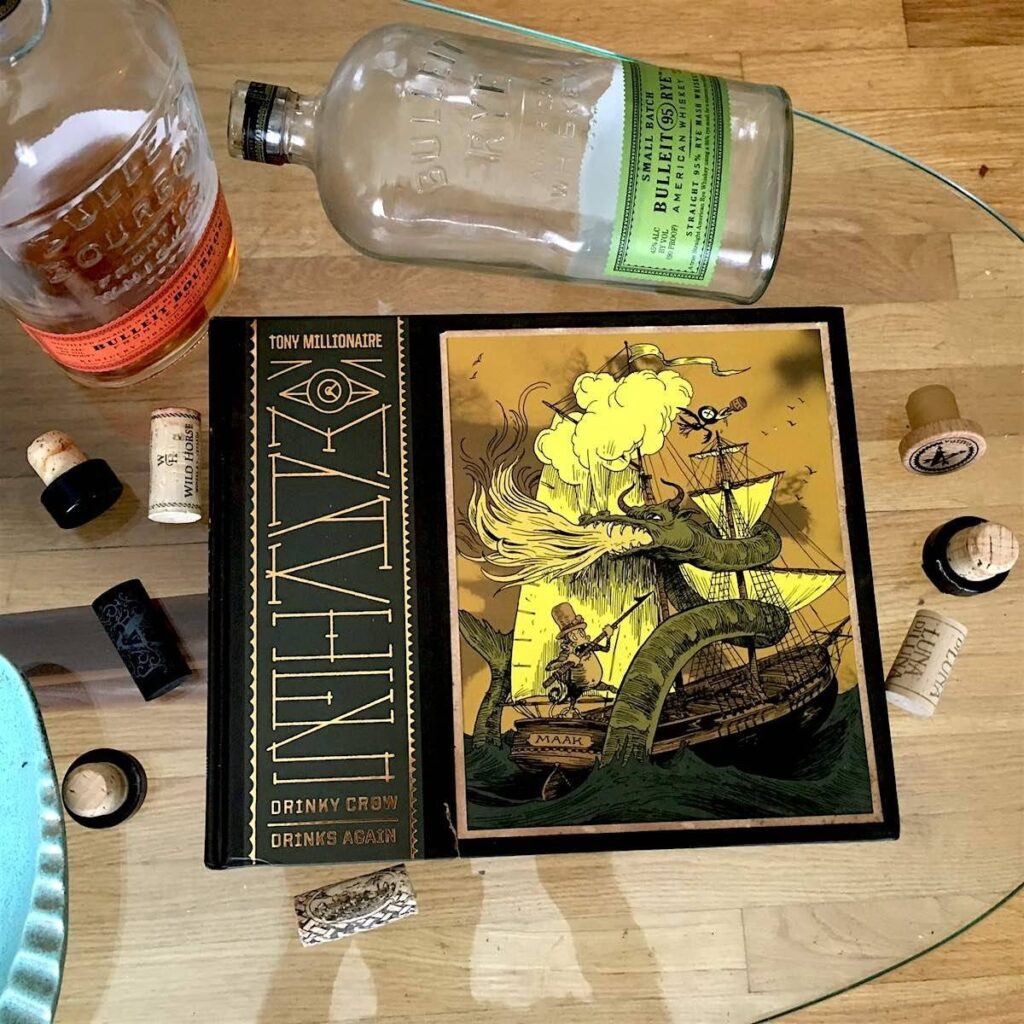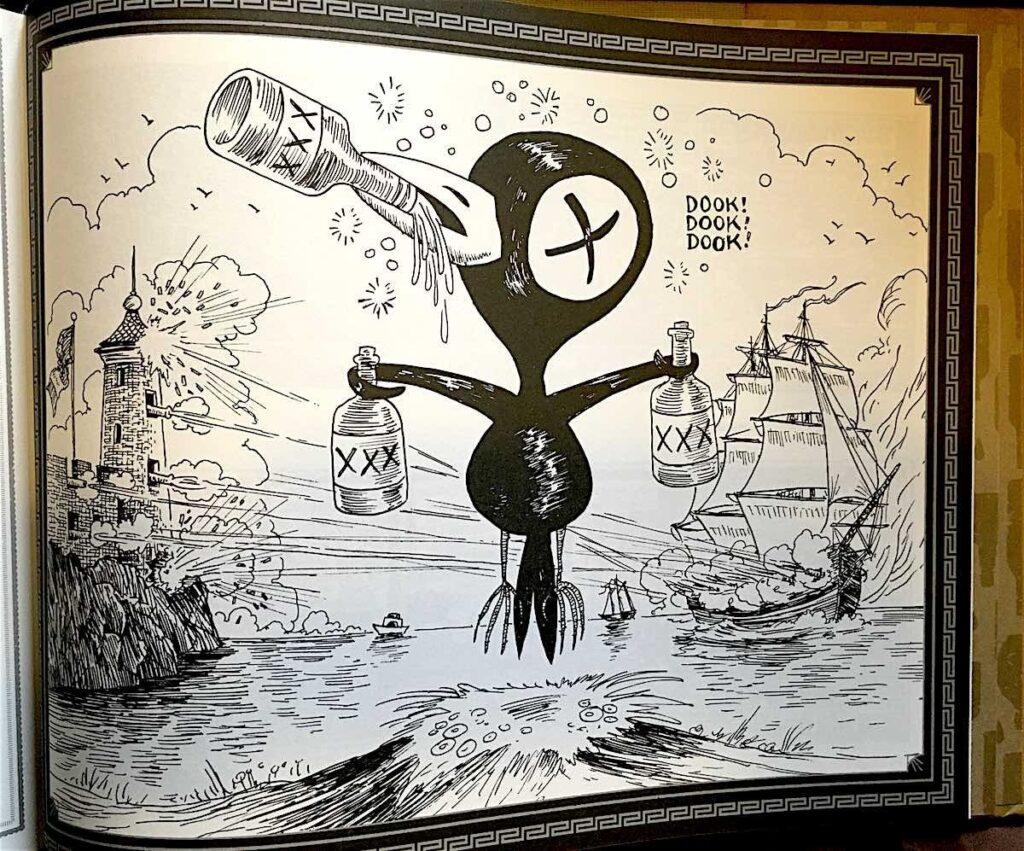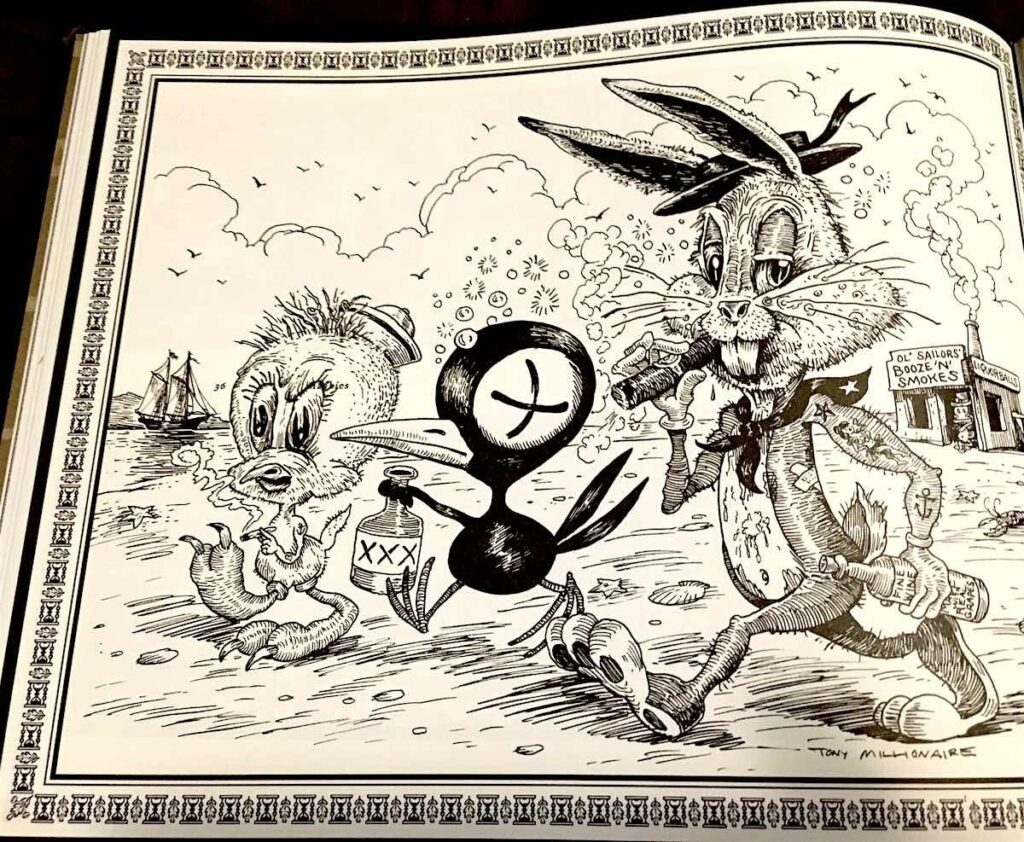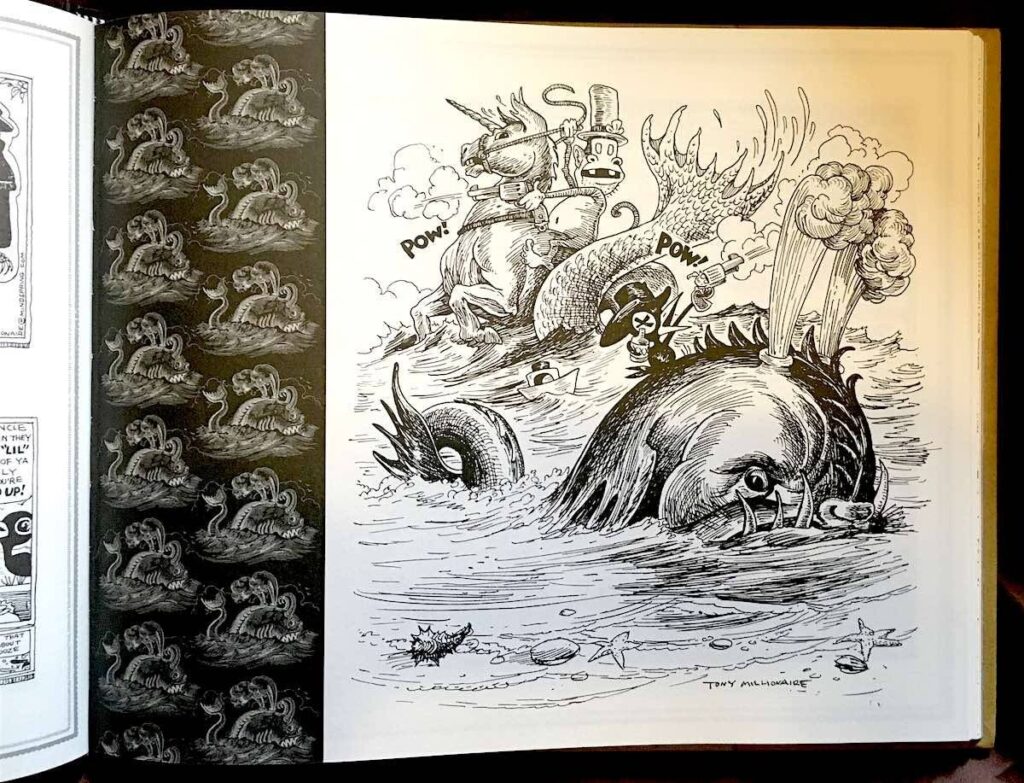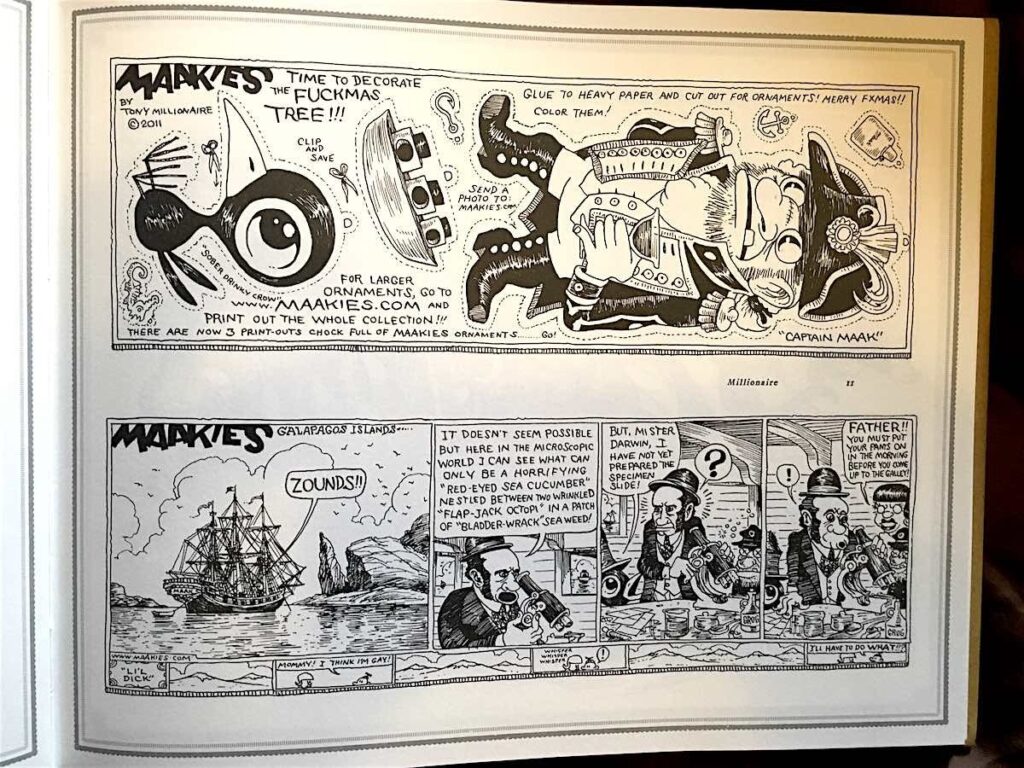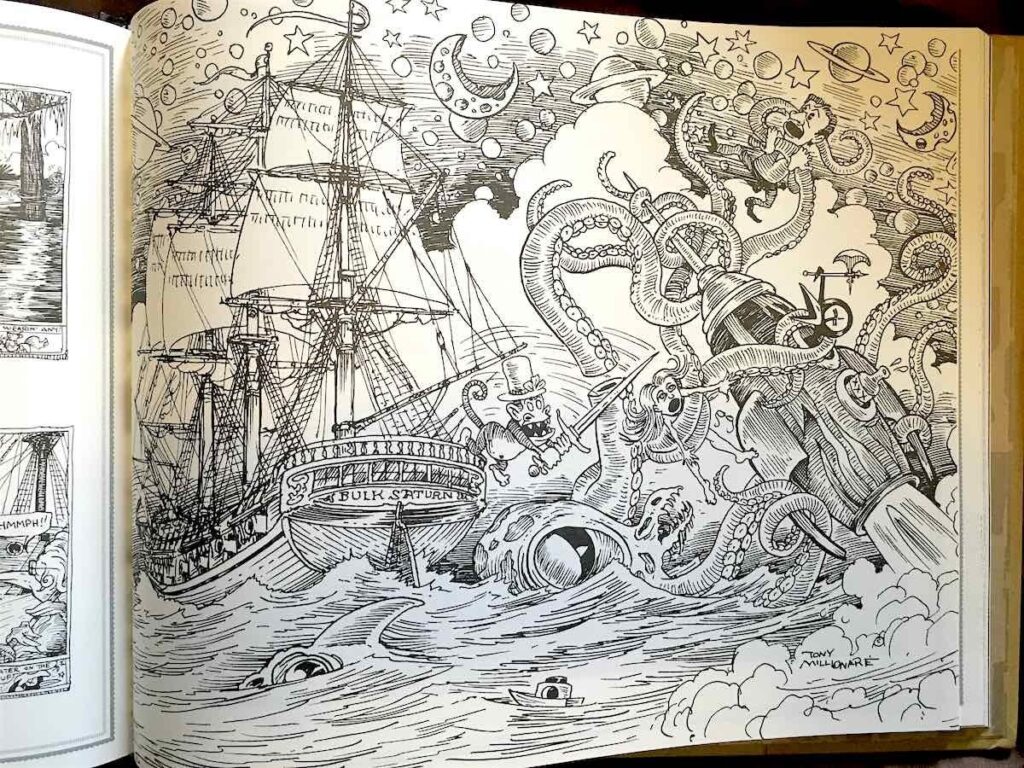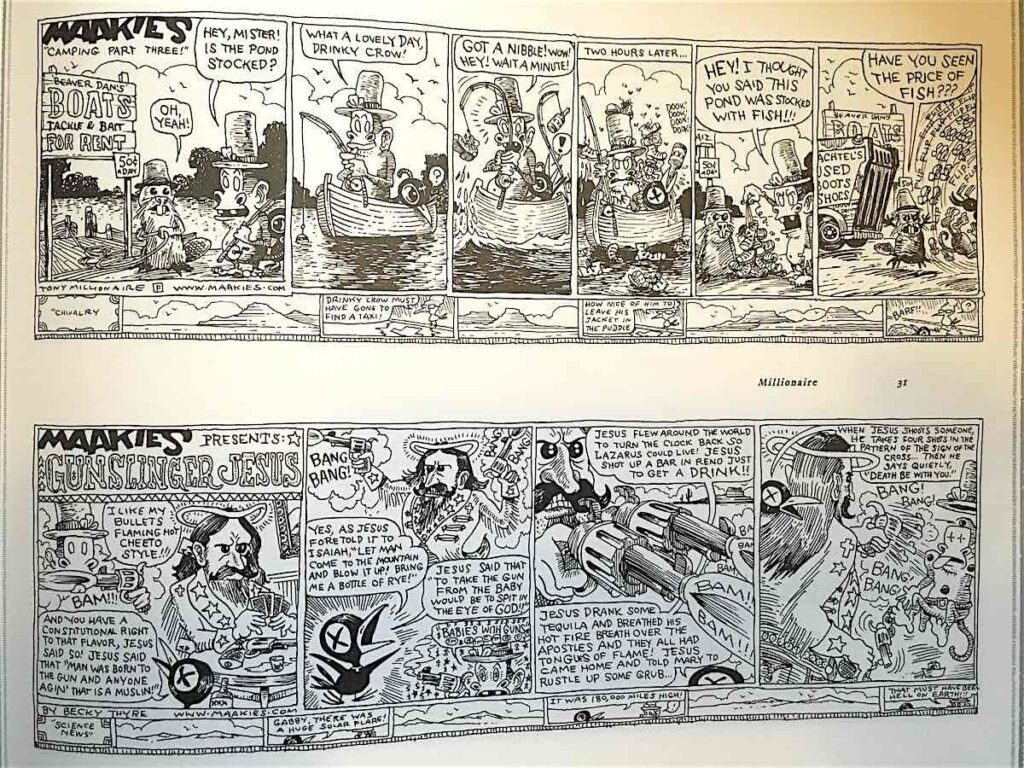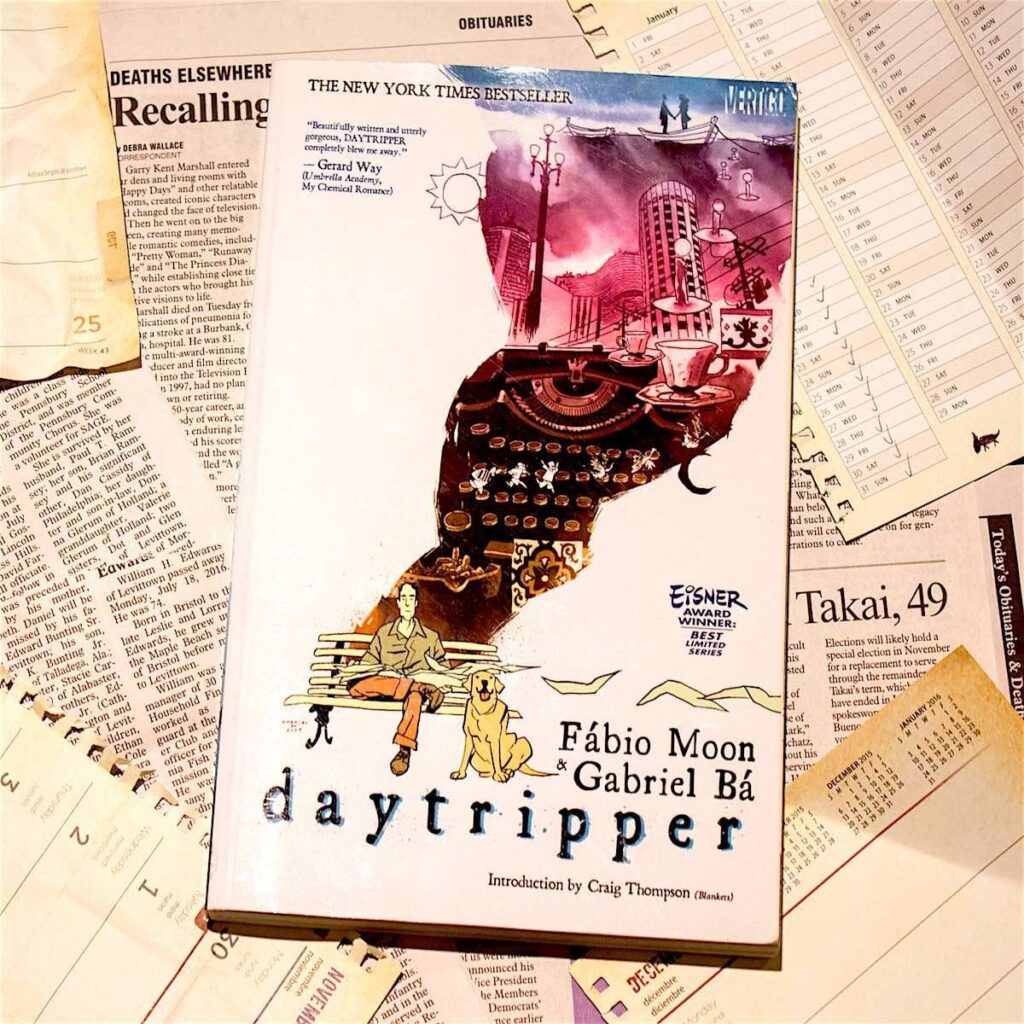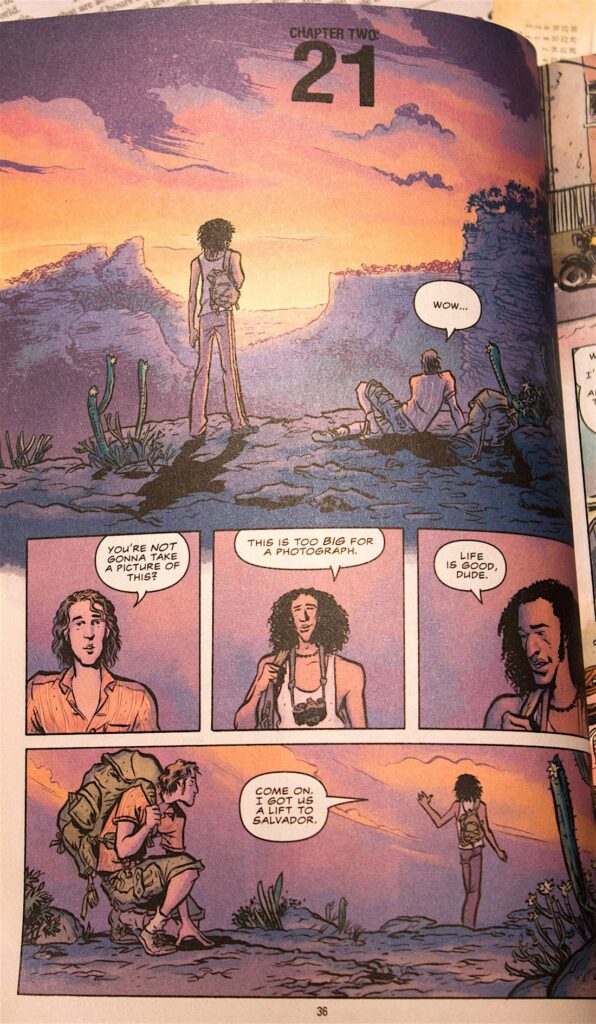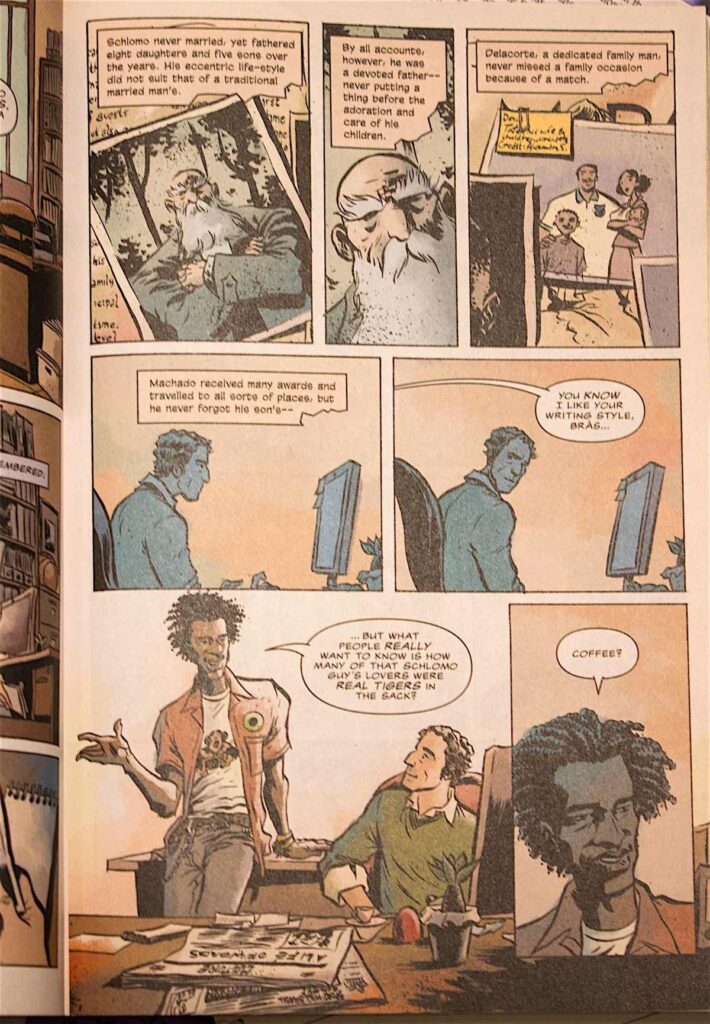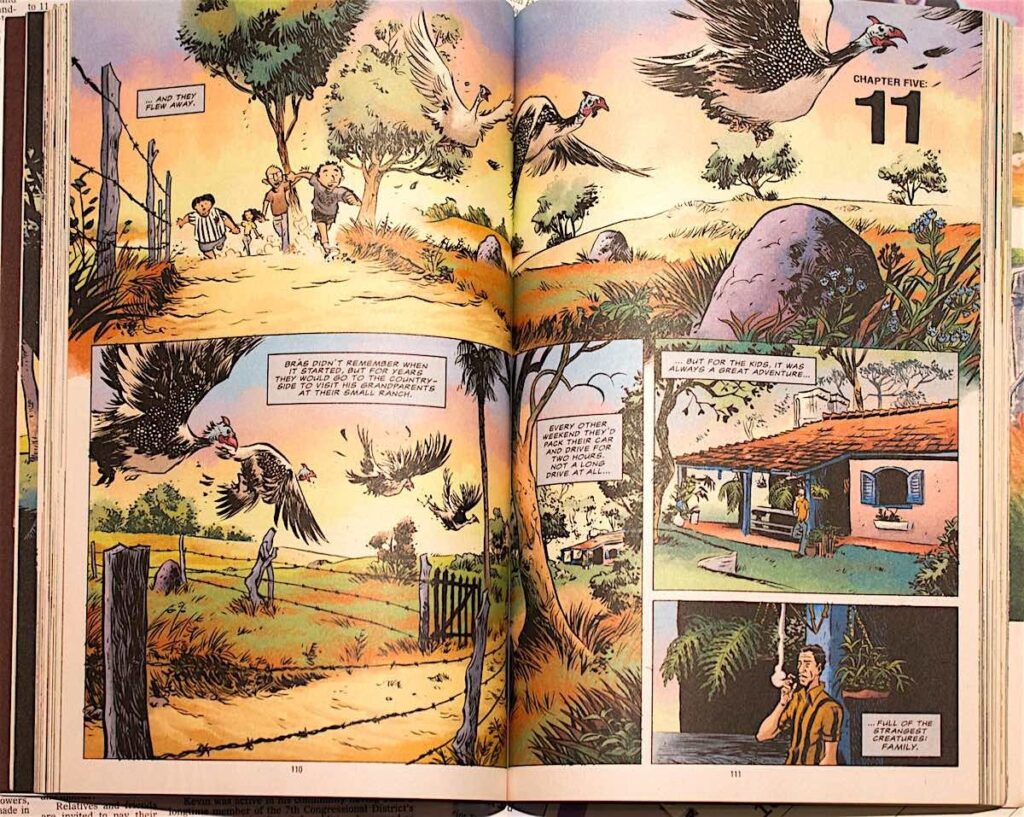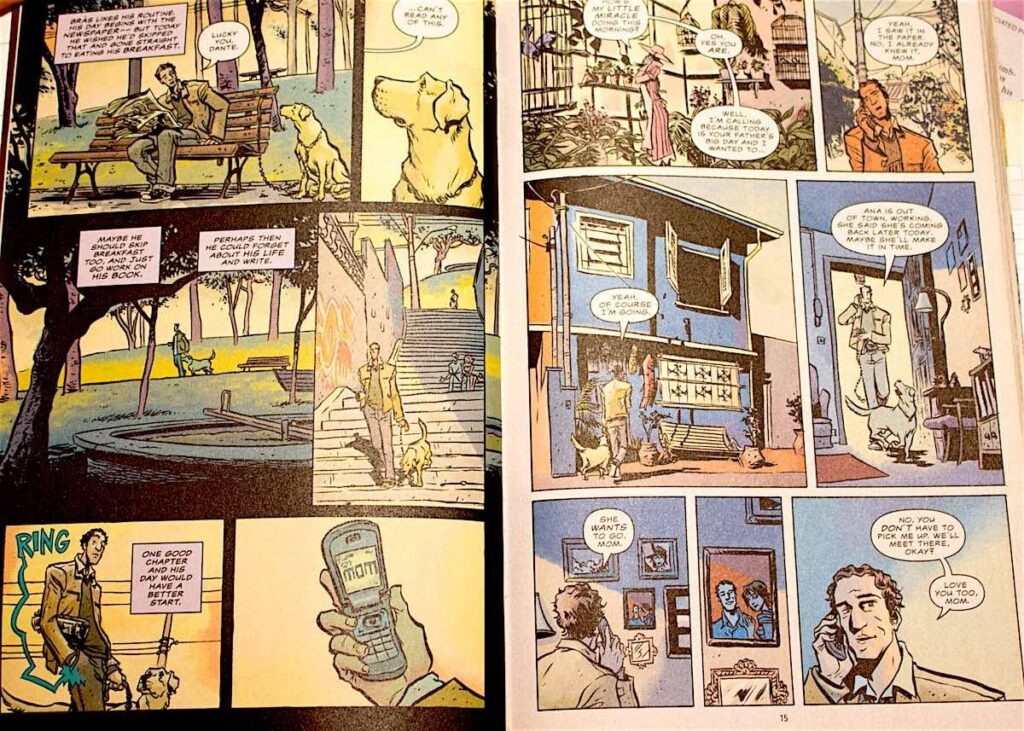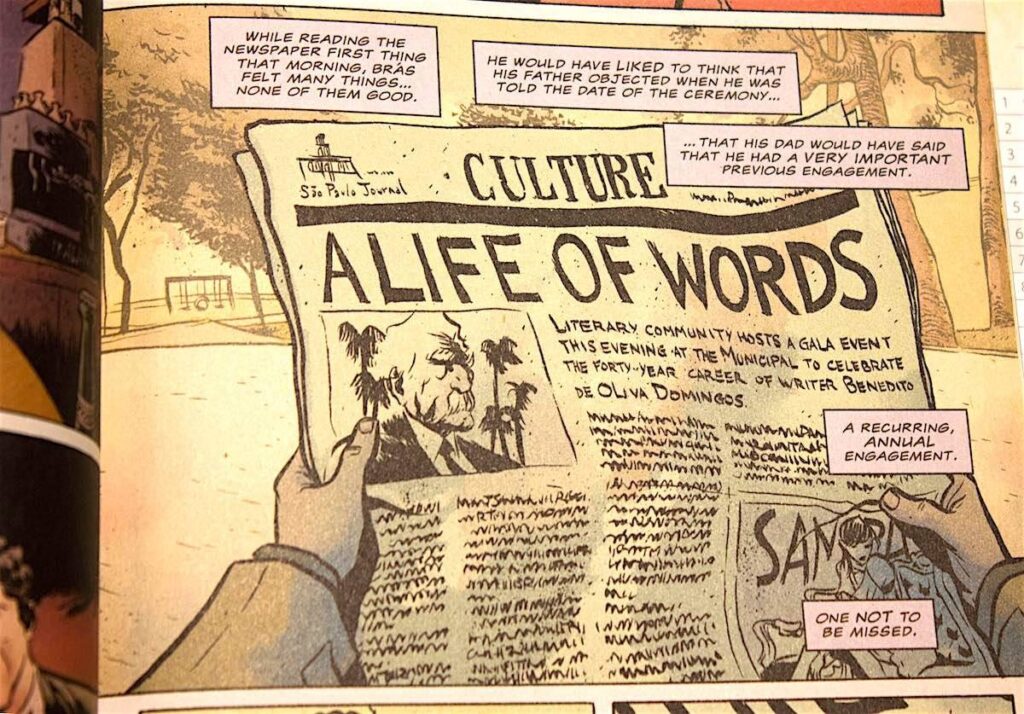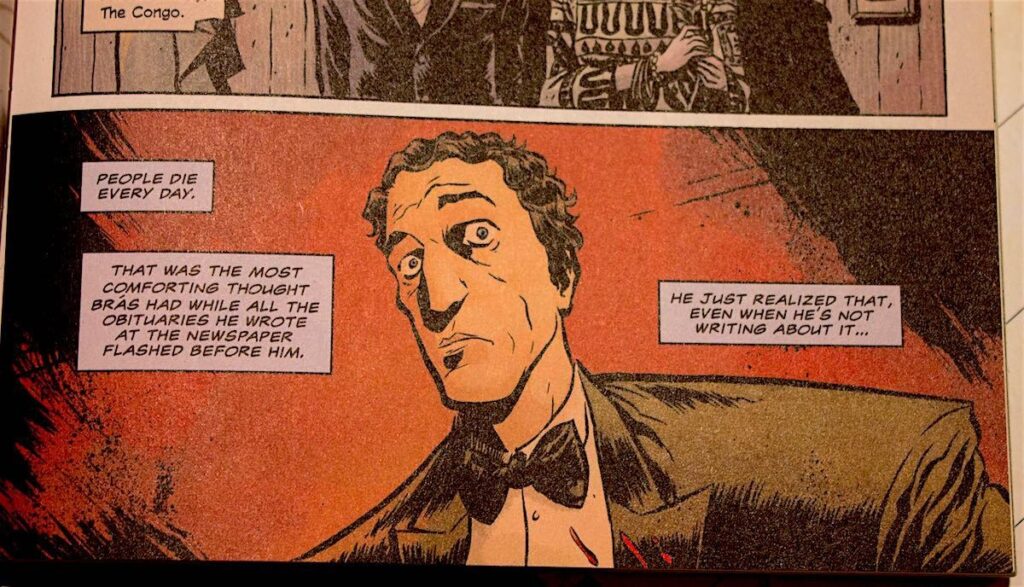The World Without Us
Postpeople hypothesizing
The world is a feat of engineering. Beyond nature’s glorious design, as this book recounts, our hands and minds have worked to shape, build, plant and populate as much of this planet as, well, humanly possible. With meticulous history and imaginative speculation, Weisman deconstructs progress across time and space. From concrete jungles in the West to ancient underground cities in Turkey to Chernobyl’s Zone of Alienation, he both challenges and emphasizes the permanence of all our creation(s). The echoes of human impact, he concludes, will fade quickly in some arenas, but perpetuate radically in others. Remarkable, disheartening and inspiring, the book illustrates that we’ve inherited an immense, complicated and beautiful world from ancestors who were both ingenious and ignorant. Ultimately, how we choose to think, invent, and act will be what differentiates us from them.
— Steven Leckart
The World Without Us
Alan Weisman
2007, 336 pages
$17
Available from Amazon
[It’s worth taking a look at the Multimedia page on the book’s web site for some intriguing time lapse artist renderings — sl]
Sample excerpts:
Among the myriad species loosed on the world by humans that have surged beyond control, eucalyptus joins ailanthus and kudzu as encroachers that will bedevil the land long after we’ve departed. To power steam locomotives, the British often replaced slow-maturing tropical hardwood forests with fast-growing eucalyptus from their Australian Crown colonies. The aromatic eucalyptus oils that we use to make cough medicine and to disinfect household surfaces kill germs because in larger doses they’re toxins, meant to chase off competitive plants. Few insects will live around eucalyptus, and with little to eat, few birds nest among them. Lusty drinkers, eucalypti go wherever there’s water, such as along shamba irrigation ditches, where they’ve formed tall hedgegrows. Without people, they’ll aim to colonize deserted fields, and they’ll have a head start on the native seeds blowing down the mountain. In the end, it may take a great natural African lumberjack, the elephant, to blaze a trail back to Mount Kenya and expel the last British spirits from the land for good.
If humans were to go tomorrow, enough wild predators currently remain to out-compete or gobble most of our domestic animals, though a few feral exceptions have proved impressively resilient. The escaped wild horses and burros of the American Great Basin and Sonoran Desert essentially have replaced equine species lost at the end of the Pleistocene. Dingoes, which polished off Australia’s last marsupial carnivores, have been that country’s top predator for so long that many down under don’t realize that these canines were originally companions to Southeast Asian traders. With no large predators around other than descendants of pet dogs, cows and pigs will probably own Hawaii. Elsewhere, dogs may even help livestock survive: sheep ranchers in Tierra del Fuego often swear that the shepherding instinct is do deeply bred in their kelpie dogs that their own absence would be immaterial.
Ruins of high-rises echo the love song of the frogs breeding in Manhattan’s reconstituted streams, now stocked with alewives and mussels dropped by seagulls. Herring and shad have returned to the Hudson, though they spent some generations adjusting to radioactivity trickling out of Indian Point Nuclear Power Plant, 35 miles north of Times Square, after its reinforced concrete succumbed. Missing, however, are nearly all fauna adapted to us. The seemingly invincible cockroach, a tropical import, long ago froze in unheated apartment buildings. Without garbage, rats starved or became lunch for the raptors nesting in burnt-out skyscrapers. Rising water, tides, and salt corrosion have replaced the engineered shoreline, circling New York’s five boroughs with estuaries and small beaches. With no dredging, Central Park’s ponds and reservoir have been reincarnated as marshes. Without natural grazers – unless horses used by hansom cabs and by park policeman managed to go feral and breed – Central Park’s grass is gone… Long before, the wild predators finished off the last descendants of pet dogs, but a wily population of feral house cats persists, feeding on starlings. With bridges finally down, tunnels flooded, and Manhattan truly an island again, moose and bears swim a widened Harlem river to feast on the berries that the Lenape once picked. Amid the rubble of Manhattan financial institutions that literally collapsed for good, a few bank vaults stand; the money within, however worthless, is mildewed but safe. Not so the artwork stored in museum vaults, built more for climate control than strength. Without electricity, protection ceases; eventually museum roofs spring leaks, usually starting with their skylights, and their basements fill with standing water. Subjected to wild swings in humidity and temperature, everything in storage rooms is prey to mold, bacteria, and the voracious larvae of a notorious museum scourge, the black carpet beetle. As they spread to other floors, fungi discolor and dissolve the paintings in the Metropolitan beyond recognition. Ceramics, however, are doing fine, since they’re chemically similar to fossils. Unless something falls on them first, they await reburial for the next archaeologist to dig them up. Corrosion has thickened the patina on bronze statues, but hasn’t affected their shapes. “That’s why we know about the Bronze Age,” notes Manhattan art conservator Barbara Appelbaum. Even if the Statue of Liberty ends up at the bottom of the harbor, Appelbaum says, its form will remain intact indefinitely, albeit somewhat chemically altered and possibly encased in barnacles.If everyone on Earth disappeared, 441 nuclear plants, several with multiple reactors, would briefly run on autopilot until, one by one, they overheated. As refueling schedules are usually staggered so that some reactors generate while others are down, possibly half would burn, and the rest would melt. Either way, the spilling of radioactivity into the air, and into nearby bodies of water, would be formidable, and it would last, in the case of enriched uranium, into geologic time. Those melted cores that flow to the reactor floors would not, as some believe, bore through the Earth and out to the other side, emerging in China like poisonous volcanoes. As the radioactive lava melds with the surrounding steel and concrete, it would finally cool – if that’s the term for a lump of slag that would remain mortally hot thereafter. That is unfortunate, because deep self-interment would be a blessing to whatever life remained on the surface. Instead, what briefly was an exquisitely machined technological array would have congealed into a deadly, dull metallic blob: a tombstone to the intellect that created it – and, for the thousands of years thereafter, to innocent nonhuman victims that approached too closely.
The long-term prognosis for plastic, [Dr. Anthony] Andrady told assembled marine scientists, is exactly that: long-term. It’s no surprise that plastics have made an enduring mess in the oceans, he explained. Their elasticity, versatility (they can either sink or float), near invisibility in water, durability, and superior strength were exactly why net and fishing line manufacturers had abandoned natural fibers for synthetics such as nylon and polyethylene. In time, the former disintegrates; the latter, even when torn and lost, continue “ghost fishing.” As a result, virtually every marine species, including whales, is in danger of being snared by great tangles of nylon loose in the oceans.
In the mid-20th century, the length of commercialized wheat stalks shortened nearly by half even as the number of grains they bore multiplied. They were engineered crops, developing during the so-called Green Revolution to eliminate world hunger. Their phenomenal yields fed millions who otherwise might not have eaten, and thus contributed to expanding the populations of countries like India and Mexico. Designed through forced crossbreeding and random mixes of amino acids – tricks that preceded gene splicing – their success and survival depend on calibrated cocktails of fertilizers, herbicides, and pesticides to protect these laboratory-bred life-forms from perils that lurk outside, in reality. In a world without people, none will last in the wild… The fields where they are destined to die out, which are now most of the grain fields in the world, will be left deeply scourged by nitrogen and sulfur, and will remain badly leached and acidic until new soil is built. That will require decades of acid-tolerant trees rooting and growing, then hundreds of years more of leaf litter and decaying wood broken down and excreted as humus by microbes that can tolerate the thin legacy of industrial agriculture. Beneath these soils, and periodically disinterred by ambitious root systems, will lie three centuries’ worth of various metals and an alphabet soup of POPs, substances truly new under the sun and soil. Some engineered compounds like PAHs, too heavy to blow away to the Arctic, may end up molecularly bound in soil pores too tiny for digesting microbes to enter, and remain there forever.
07/25/07





